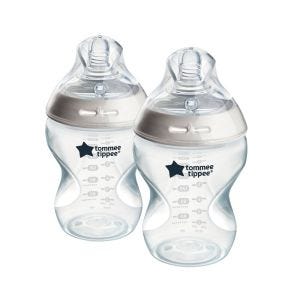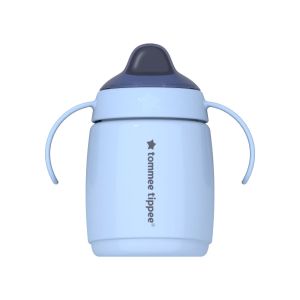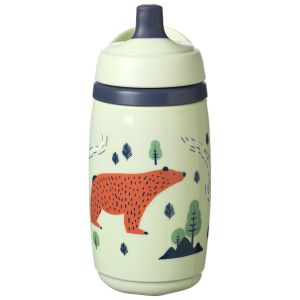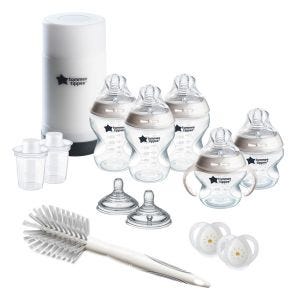
Hints & Tips
In all my time teaching parents about sleep and in particular biological nap windows, I mostly get the response ‘biological nap what’?
Biological Nap Windows, All You Need To Know
Sometimes mother nature just gets it so right (well actually, she always gets it right). But in all my time teaching parents about sleep and in particular biological nap windows, I mostly get the response ‘biological nap what’? And fair enough, they are not often written about.
But in my mind, they are truly really clever things of nature, and worth knowing a thing or two about. So firstly, it’s important to know that as our babies grow and develop so does their circadian rhythm. It’s also good to know a thing or two about our body clocks, so let me explain…
Our circadian rhythm is developed by external cues and involves our bodies response to light, our body’s temperature and our hormones (cortisol and melatonin). These hormones develop and start to really increase in babies around 12-16 weeks of age, and then these interrelated internal rhythms develop to form our sleep/ wake patterns. Not only does our baby’s circadian rhythm help them to wake up in the morning and create their sleepiness at night, there are also parts of a baby’s day where the circadian rhythm plays an interesting role.

Biological Nap Windows:
At around 3-4 months of age biological nap rhythms also begin to develop in babies, and these become well established by 6 months of age.
These nap windows are parts of a baby’s day where they have a natural dip in energy and want to sleep more than other times in the day. This is of course governed by their internal biological rhythms whereby melatonin the sleepy hormone rises a little, cortisol levels drop a little and so does their body temperature.
All these factors are signalling to the body ‘Hey, this would be a great time for a nap’. Kind of like the sleepy feeling adults can get around 3.00 pm in the afternoon.
Sleep which starts within these windows is usually easier to achieve and more restorative than sleep outside of these windows.
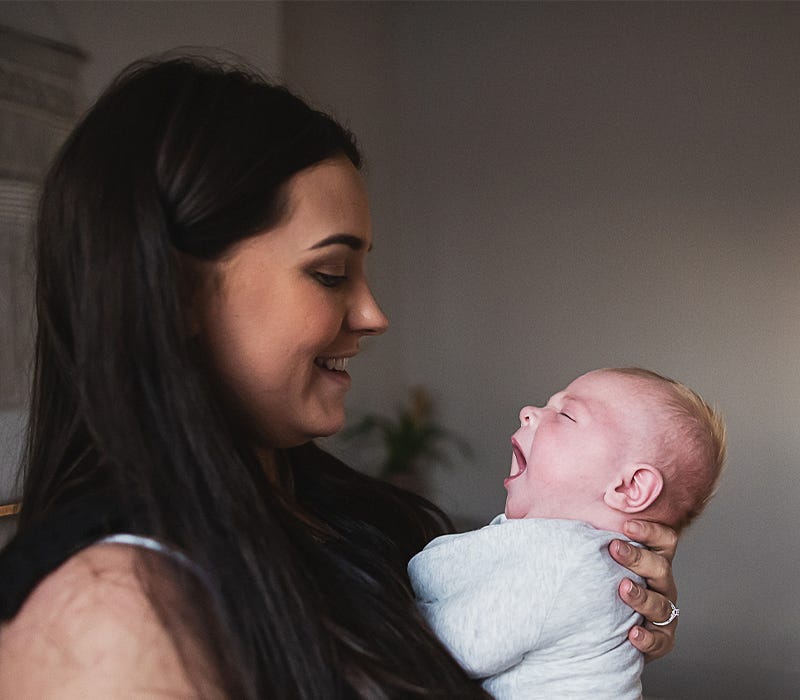
As with anything in nature it is better to work with it rather that against it and I encourage all my parents to head towards napping their babies within these nap windows.
These windows occur between 9-10 am and 12pm-2pm and 6-7pm at night.
Before your baby can really stay awake for 2 hours these windows will be hard to reach. But once your baby is around 4 months of age it should be easier to begin to nap them within these windows. It’s not a rush, just a gentle goal to keep in mind.
So, there you go… Biological Nap Windows. Something really great to understand when it comes to your baby’s sleep and napping. So, for easier and more restorative naps, take advantage of what their little bodies want to naturally be doing and embrace their nap windows.
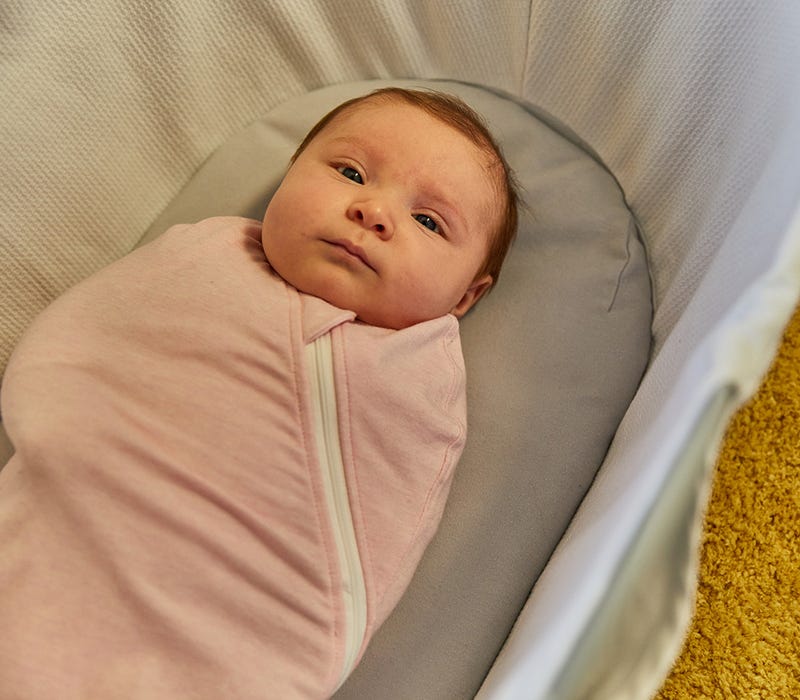
About Me: Emma O’Callaghan is a qualified midwife, nurse and infant and child sleep consultant. With over 20 years’ experience in both hospital and community settings, Emma knows about sleep. She has helped thousands of families reclaim sleep and is particularly passionate about supporting new and first-time parents. She is the Founder of Baby Sleep Expert, and with a common sense, compassionate approach is often referred to as the ultimate “baby whisperer”. Emma lives in Melbourne with her three daughters and fur baby.

